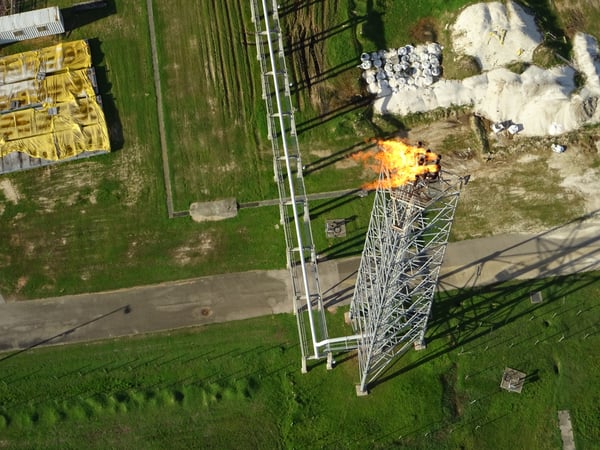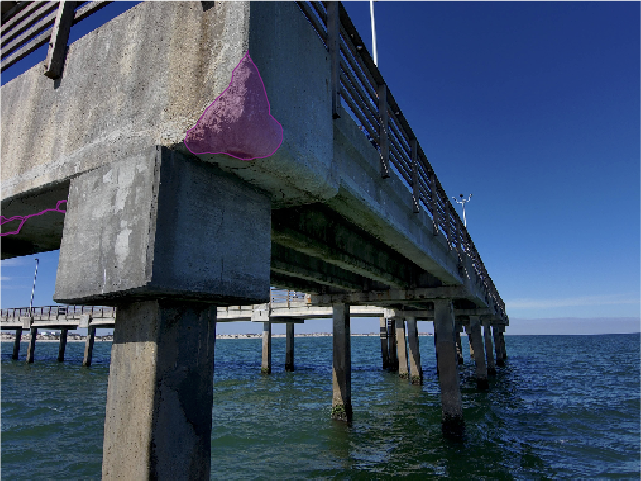How well an organization plans, schedules and executes the preventive maintenance and repairs over a given number of years will directly influence its maintenance debt. Deferring maintenance or repairs leads often leads to an organization spending more money in future due to increase in wear and tear, as well as the value of the money and time. When an organization postpones repairs, the cost for parts or replacements, labour and time increase by a bigger margin compared to the initial cost.
It is worth noting that there is no way of avoiding a repair, and it can only be delayed or postponed. When the maintenance team defers repairs at the time it is due, the equipment may continue operating until it fails, or when the repair is done. Unfortunately, this will cost much higher compared to the cost of repairing it at the right time.
Carrying out a thorough and comprehensive inspection can assist the organization to understand the conditions of their assets and make better maintenance decisions and also know what to prioritize. However, getting such information is usually a challenge when relying on traditional way of doing things, but a culture change and embracing new technologies such as drones, robots, IoT, data analytics and others can help them carry out better and regular inspections and address issues before failures occur hence reduce the number of repairs and maintenance debt.

Why organizations defer or skip maintenance
There are several reasons why an organization may skip repairs thus increase their maintenance debt. These include, but not limited to
- Not enough budget
- Claiming that they do not have time and manpower, especially when working on other projects
- No skills or expertise to carry out the repairs
- Lack of tools or spare parts. Protective gear, etc.
- Claim that the exercise will interfere with the business operations
Other reasons may arise due to the unawareness of existing problems. However, companies can prevent this by continuously monitoring their assets using both the traditional and modern methods. Recently, many people are turning to the more effective and less costly tools such as drones or unmanned autonomous vehicles (UAVs) to carry out regular inspections of their assets. This allows them to have up-to-date data about the condition of their assets, hence the opportunity to take necessary maintenance measures when there are potential problems. By doing so, these organizations prevent various breakdowns and this will consequently reduce the maintenance debt.
Consequences of delaying or deferring repairs
Regardless of the situation, the above reasons and others should not justify deferring maintenance; otherwise, the cost will be much higher when you get the time and resources to do it. One of the consequences of skipping maintenance on some assets is that the mechanical systems will start operating beyond the normal parameters and lead to various problems and conditions that may not be easy to notice. Some of these result in poor airflow, more power consumption, low efficiency, etc. For example, if this it is chiller system, skipping maintenance will lead to catastrophic failures due to clogged coils or other chiller breakdowns. In the end, it becomes more expensive to put this back to service.
Most often, the degrading of the machine operation develops slowly and may have little effect on the entire system. However, the effect becomes more pronounced as time goes. For instance, the power consumption increases as the efficiency of the system go down. Allowing these to continue for long leads to total equipment failure and most often higher repair costs than what it would have been if the repair was done in good time. In addition, there are associated losses due to lost production.
Delaying or deferring repairs increases the maintenance debt which must be paid at one point. The repair cost will rise significantly over time as the cost of money and time increases. A company that delays its repairs and maintenance of equipment will require more resources to catch up with one followed its schedules efficiently. Eventually, delaying repairs every year means that over time, these will pile up and become difficult to manage, not forgetting the associated frequent and expensive breakdowns and maintenance. In addition, the organization will have a lower efficiency, more operating expenses, and losses than an identical company that carries out its repairs and maintenance at the right time without delays. However, the budget staff requirements for the company that delays repairs every year will be higher and will keep on increasing.
Consequences of postponing maintenance include
- Increasing safety and health risks
- More failures that lead to shutdowns, lost production and revenue as well as reputation and market share
- An inefficient operation, more energy use, etc.
- Equipment stress of fatigue
- Higher operational costs
How to reduce maintenance debt
Reducing maintenance debt requires an understanding of the problem and its consequences. An organization can take the following approach to see where to improve and reduce the backlog. It is important to analyse the company’s maintenance debt and then work towards reducing it. This should give an estimate of the parts, cost and labour requirements that will help in reducing the debt and improving the asset’s conditions. Generally, the organization must
- Understand and estimate the scale of the backlog
- Identifying the maintenance debt and areas for improvement
- Identify why the organization is always postponing repairs
- Quantify the financial impact of the maintenance debt
- Prioritize the maintenance, put in place an efficient work process, and establish a strategy to have adequate budget and manpower
- Improve planning and process in order to complete all repairs and on the budget, hence avoid a backlog. Documenting the plan and processes when analyzing since the can point to areas that require improvement
Identifying what requires repair is critical in avoiding breakdowns. Determining the impact of an equipment failure and what maintenance can do helps in planning and making decisions. While there are various ways of monitoring assets, a drone and other modern technologies are great tools that can help identify assets that require immediate attention and those where deferring won’t cause bigger problems. Integrating drones with the relevant sensors and inspection analytics software as well as historical data allows the maintenance teams to collect information and compare with previous instances, hence predict when an asset is likely to fail.
In order to avoid increasing the maintenance debt, the organization must understand its requirements and actual cost. This enables them to make the proper budgeting, planning, and scheduling.
Conclusion
Delaying, deferring or rescheduling inspection services are common in many companies especially when there is inadequate budget and resources. The delay may introduce other issues such as an increase in energy consumption, deteriorating building conditions such as excess heat, discomfort, contaminated air etc. If an organization doesn’t postpone repairs, it stands to gain more than what they are trying to save. For example, the energy the company saves together with the fact that the equipment will not deteriorate and therefore cause more losses outweighs the short-term gains.
The organization can use the savings in operating costs to cater for the future repairs. This is because repairing the machines improves their efficiency, reliability, comfort, and production while reducing the power consumption. This allows the organization to save and hence generate capital to finance various maintenance activities.
Tags
Oil and Gas

.png)
